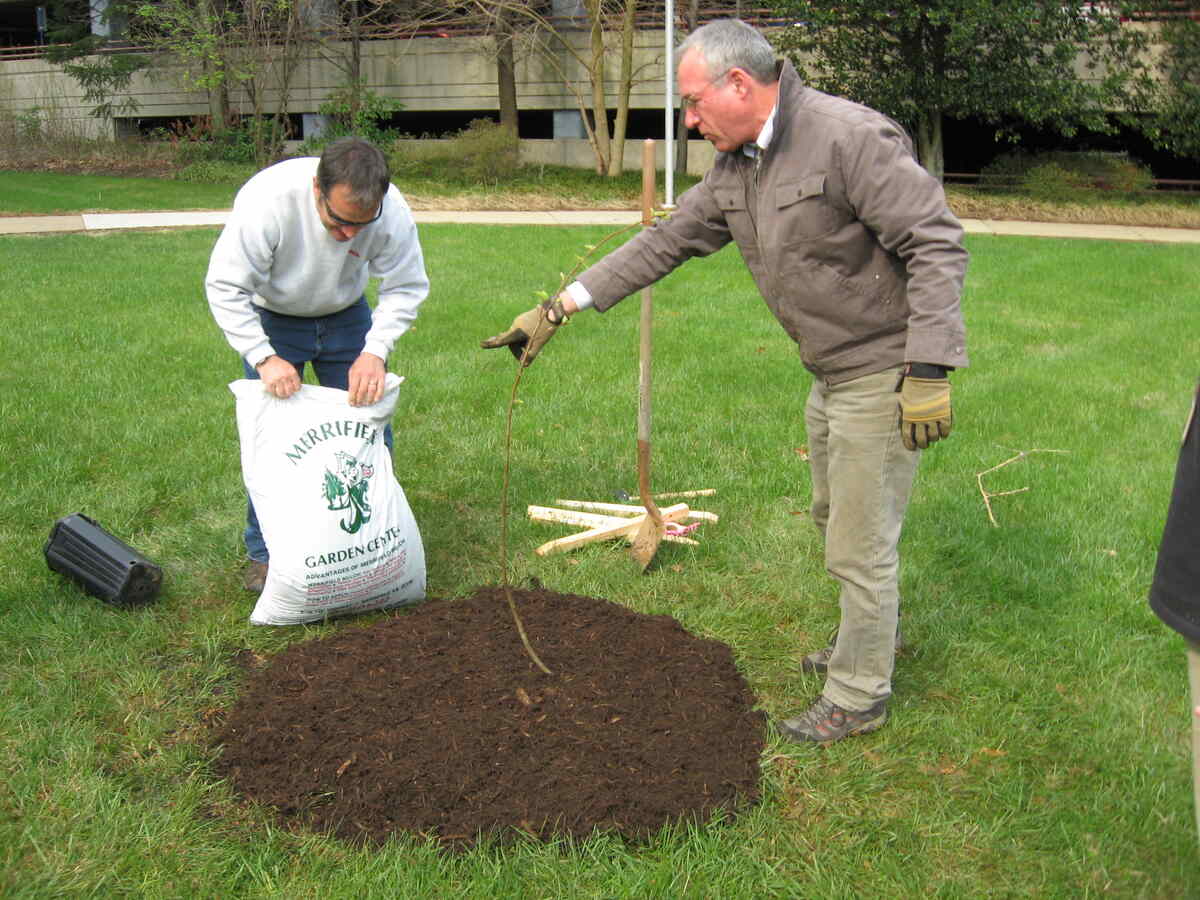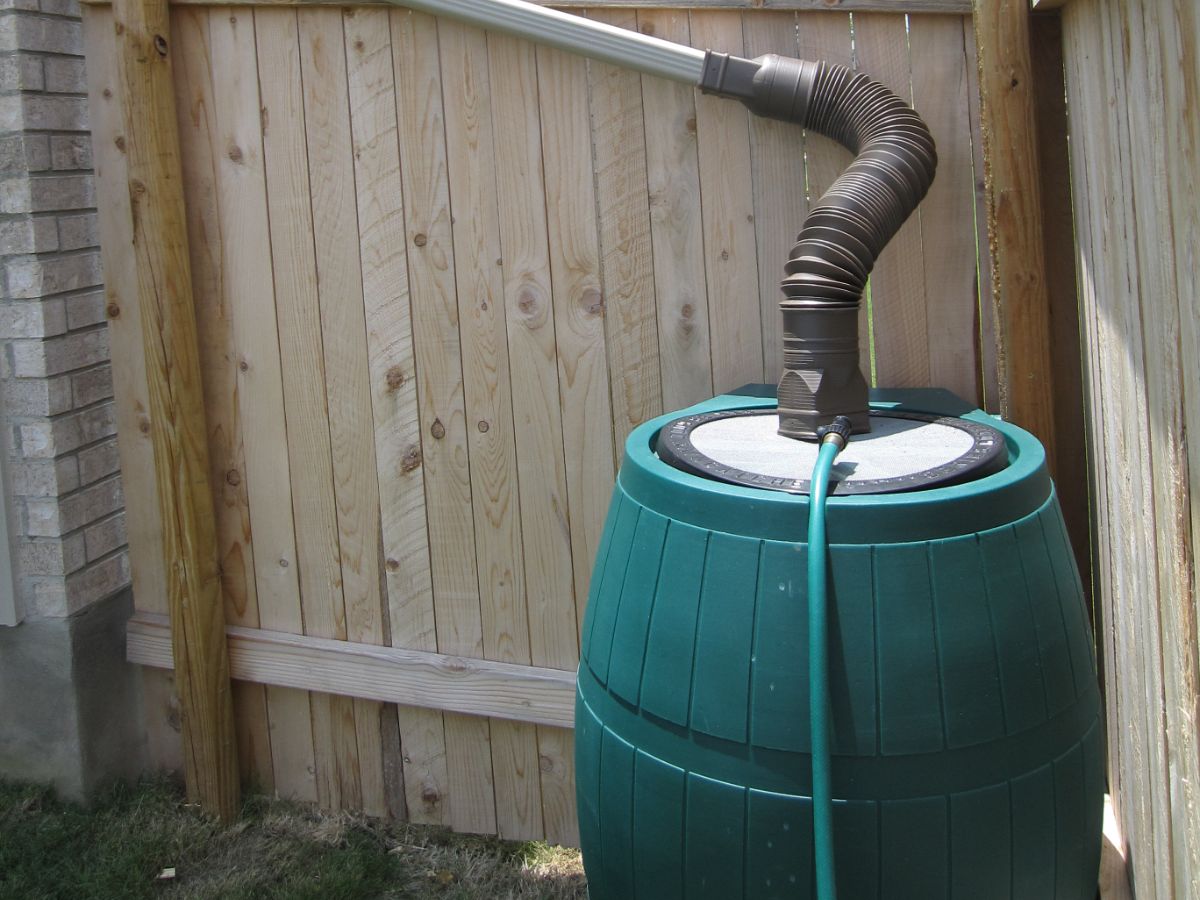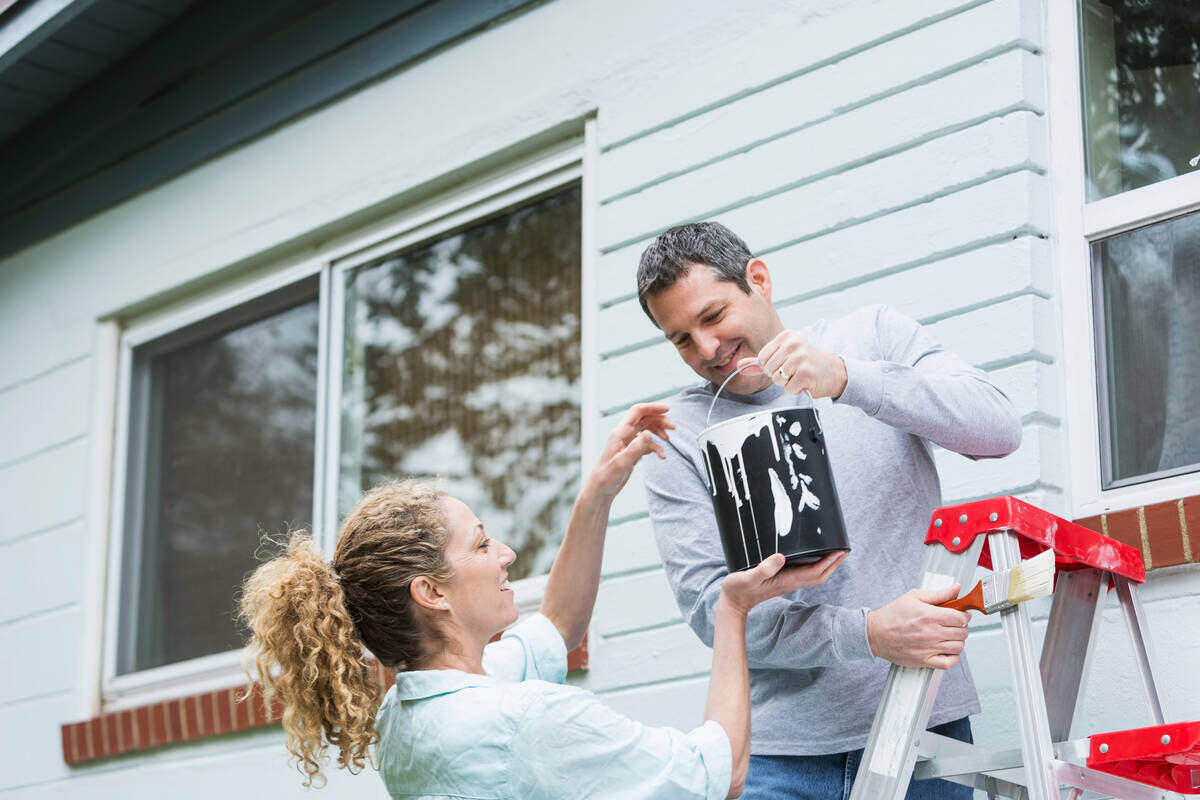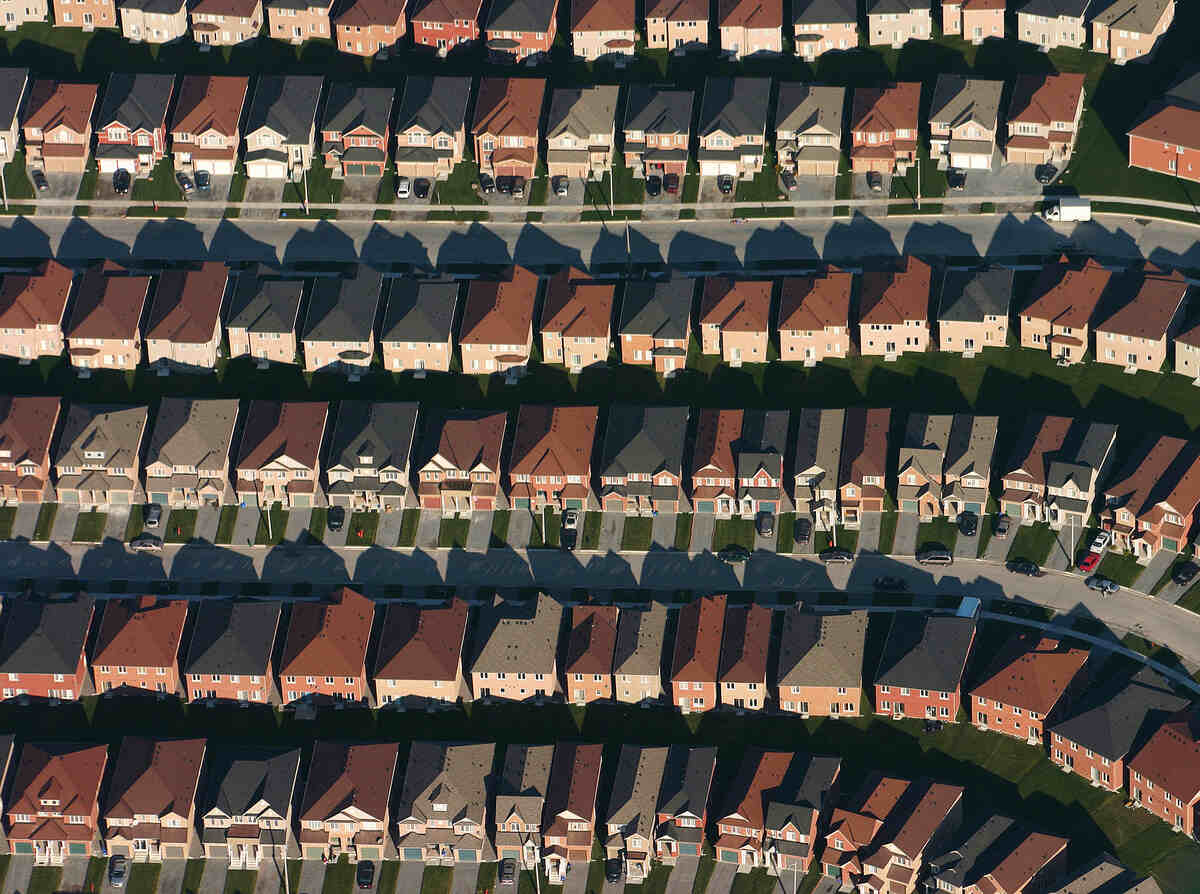
If you are going to buy a house, here is a trend in real estate that you need to take into account: In a real surprise, people are moving on to home lots that are smaller than ever, according to research from the U.S. Census Bureau. To put it another way: The average size of home lots in the U.S. is shrinking.
By the Numbers: A Significant Drop
From 1992 through 2019, the median lot size for an American home has dropped from 10,000 square feet, according to the U.S. Census Bureau report on Characteristics of New Housing:
- For houses sold in 2019, the median lot size dropped to 8,177 square feet, an 18% drop since 1992.
These are significant changes, and they should matter to you as you buy a house.
Home Lots for Single Family Dwellings Are Shrinking
If you are looking for a single-family dwelling, you should realize that the national trend is to move away from larger lots to smaller lots for new homes. In one ten-year period (2009-2019), a majority of single-family dwellings went from:
- In 2009, 52 percent of the single-family dwellings sold were on mid-size or larger lots, and 48 percent were on smaller lots.
- In 2019, 39 percent of the single-family dwellings sold were on mid-size or larger lots, and 61 percent were on smaller lots.
According to the National Association of Home Builders, builders reported that they reacted to this by shifting to smaller lots on the spec homes they are building as new housing.
Sizes of Home Lots Vary by Region
The size of a home lot depends on the region of the country in which you live, a point emphasized in a survey of builders conducted by the National Association of Home Builders:
- New England home lots have a median lot size of 0.6 acres, three times the national median of 0.19 acres. New England is known for strict local zoning regulations.
- Mid Atlantic and East South Central regions are the next largest, but at 0.3 acres. The area that connects them, South Atlantic, is 2.0 acres.
- West South Central lots have a median lot size of 0.16 acres, about the same size as fellow middle-of-the-country regions West North Central at 0.2 acres and East North Central at 0.23 acres.
- Pacific lots, where there is so much less developed land, are the smallest lots, with a median lot size of 0.15 acres.
- Mountain median lot sizes are 0.17 acres, which is also smaller than the national median.
Why The Lot Size Trend Matters to You
The National Association of Home Builders makes these connections:
- The average cost of a finished lot for a single-family home is $89,540.
- If you apply the average lot cost to all the lots (154,000) that one company (Pulte) controlled in 2019, you come up with a figure of $13.7 billion.
- Land costs keep rising because there is a shortage of buildable lots for new homes.
- Land makes up one quarter of the sale price of a single-family home.
When it comes to real estate, going with a smaller lot can greatly reduce the price you will have to pay for new housing.
Lot Size No Longer Matters as Much
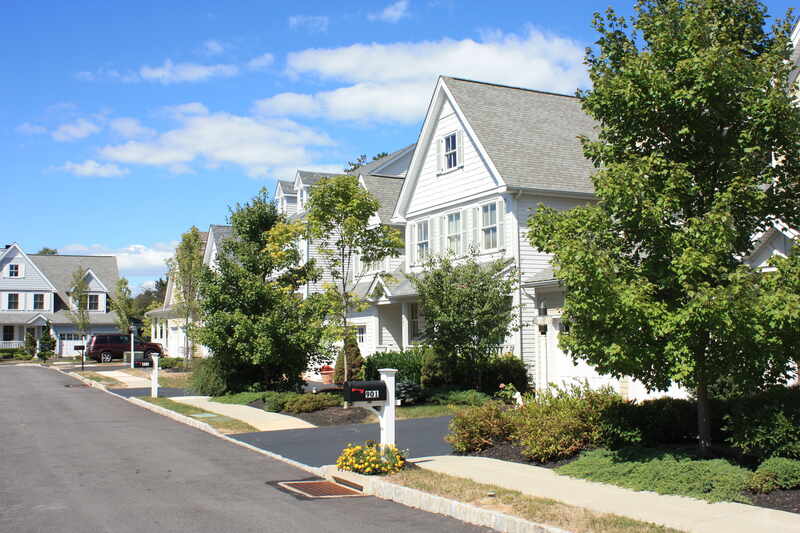
Aside from price considerations, there’s been a shift in real estate when it comes to buyers’ preferences related to lot size, particularly among older Americans.
In a 2018 survey conducted by the National Association of Home Builders:
- 22 percent of homebuyers had no requirement for a minimum lot size.
- 9 percent wanted at least one-eighth of an acre.
- 18 percent wanted at least one-fourth of an acre.
So size didn’t matter all that much for nearly half of all buyers.
Digging deeper into the survey results:
- 40 percent of all American buyers said they’d be willing to settle for a smaller lot in order to afford a new home.
- 30 percent of American buyers were willing to do that 15 years earlier, in the 2003 housing market survey related to home prices.
Cost of Maintaining a Lot
The costs for lawn care in America, according to a LawnStarter study:
- Mowing: $29-$65
- Weeding: $65 to $120
- Fertilizing: $20 to $60 per hour
- Sod: $0.87 to $1.76 per square foot
- Mulching: $20 to $45 per cubic yard
- Dethatching: $175 per hour
If you are going to take care of your lot yourself, you will need a lawnmower, and those costs are:
- Average reel mower cost: $104
- Average walk-behind lawn mower cost: $363
- Average riding lawn mower cost: $2,450
- Average robot mower cost: $1,470
For a simple landscaping project other than lawnmowing, another LawnStarter survey found:
- For simple softscaping, multiply your project’s square footage by $5
- For a project involving hardscaping, multiply by $24.
FAQs: The Pros and a Con
What Are the Advantages of Having a Larger Lot Size?
- A bigger yard for the homeowners’ children/grandchildren to run in
- Room for large-scale outdoor entertaining: think picnic or barbecue…or a tent with a dance band
- Places for a proper deck, patio, or pool
- Space for a garden…a really big one, if you want
- Room to expand the house. Extra bedroom? Expanded kitchen? Solarium?
However (this is the downside), the larger the lot, the more you as a homeowner will have to invest in maintaining it, either in your time (if you do it yourself) or your money (if you hire a service).
If the Lots Are Getting Smaller, What About the Houses?
The median home size for a single family dwelling in the housing market grew by 50 percent from 1980 (1,600 square feet) to 2014 (2,400 square feet), according to the Federal Reserve. Meanwhile, the median lot size declined by over 20 percent, from 11,300 square feet in 1980 to 8,800 square feet in 2014.
What Cities Have the Largest Lot Size in Their Housing Market?
| Rank | City | Lot Size (sq. ft.) |
| 1 | Indianapolis | 9,191 |
| 2 | Jacksonville | 9,104 |
| 3 | Austin | 8,629 |
| 4 | Charlotte | 8,538 |
| 5 | Dallas | 8,194 |
| 6 | Columbus | 7,562 |
| 7 | San Antonio | 7,475 |
| 8 | Phoenix | 7,362 |
| 9 | Houston | 7,131 |
| 10 | Fort Worth | 7,096 |
Source: Storage Cafe
Conclusion: A Call to Action
There was a time when it was a given that everyone would want the largest lot possible when they bought a home, whether it was new single-family homes or existing housing. But the statistics show that people no longer believe that. More and more, a number of people are turning to smaller lots, or lots on which the house takes up a greater share of the lot.
One advantage of a smaller lot? Less lawn care. With a smaller lawn, you may even consider hiring a local lawn care pro to take mowing, weeding, and edging chores off your weekend to-do list.
What this would be to you is a call to action: Don’t simply assume you want bigger. Decide for yourself what is better, and if it is a smaller lot, know that you are part of a national trend.
Main image credit: IDuke / Wikimedia Commons / CC BY-SA 2.5
